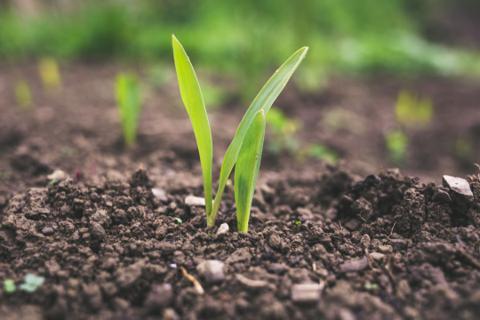Blog Section

Seasonal Farming in India
Annual or perennial plants are two types of plants with different lifespans. Annual or seasonal crops complete their life cycle from seed to flower to seed within a single growing season. Hence, the seed bridges the gap between the two generations. The top or upper part of some perennial plants die in the winter and regrow in the spring, to the same root system. Few perennial plants keep their leaves throughout the whole year.
The main difference between annual and perennial plants is that the annual plants live for one growing season, their lifespan is shorter than the perennial crops, whereas perennial plants live for two or more growing seasons.
The season of cropping starts in the month of June and ends in October which is generally cultivated in the monsoon crops and harvested during the Kharif season. The seasons sowing starts in Mid-November and is harvested in the month of April or May is called Rabi season.
Shaping our future with Bio-Fertilizers
With the increase in world population, the demography of humans is estimated to be exceeded and it has become a major challenge to provide an adequate amount of food, feed, and agricultural products majorly in developing countries. The use of chemical fertilizers causes the plant to grow efficiently and rapidly to meet the food demand. The drawbacks of using a higher quantity of chemical or synthetic fertilizers are environmental pollution, persistent changes in the soil ecology, physiochemical composition, decreasing agricultural productivity and cause several health hazards. Climatic factors are responsible for enhancing abiotic stress on crops, resulting in reduced agricultural productivity. There are various types of abiotic and biotic stress factors like soil salinity, drought, wind, improper temperature, heavy metals, waterlogging, and different weeds and phytopathogens like bacteria, viruses, fungi, and nematodes which attack plants, reducing crop productivity and quality.
- frontiers'
